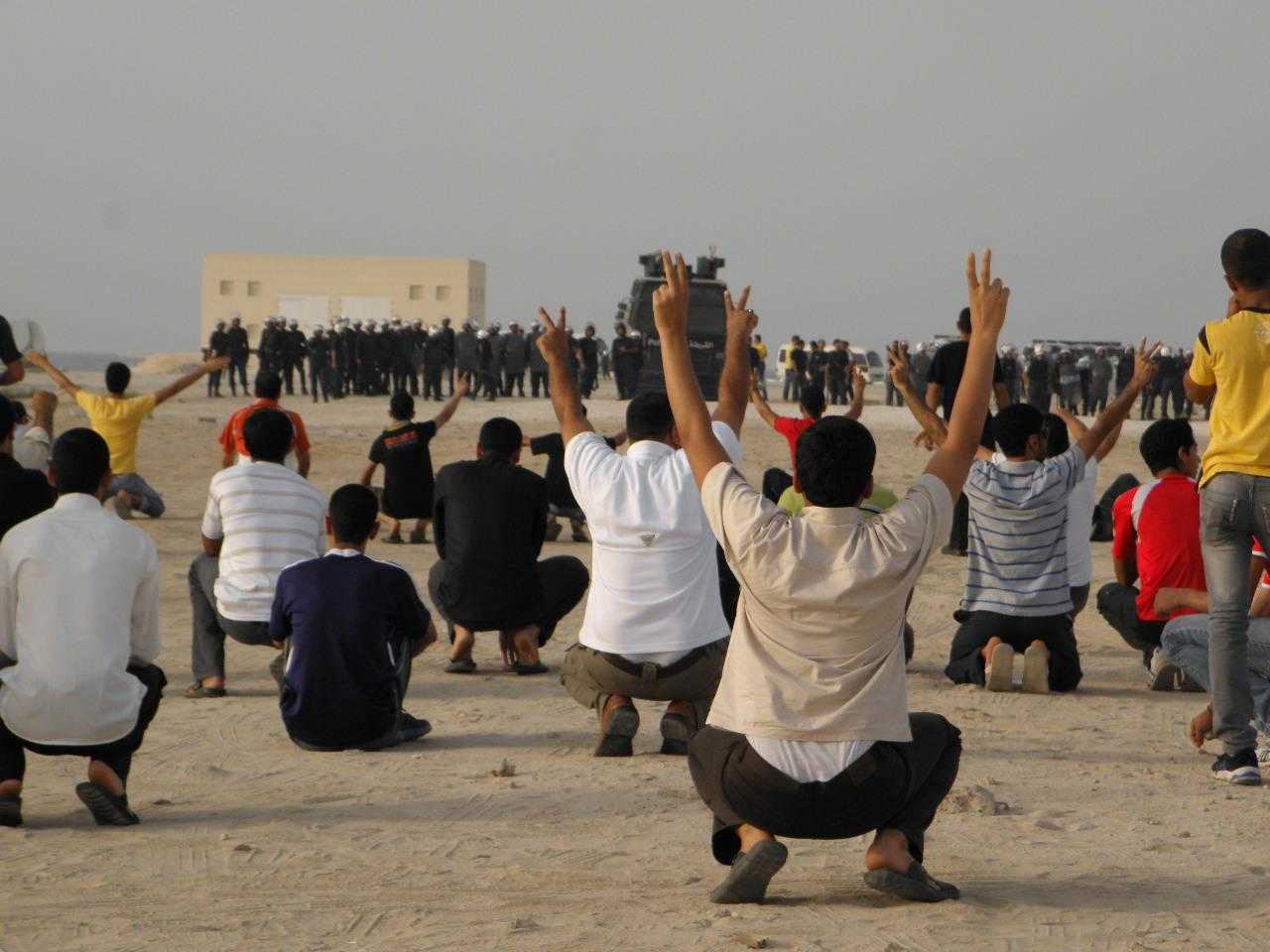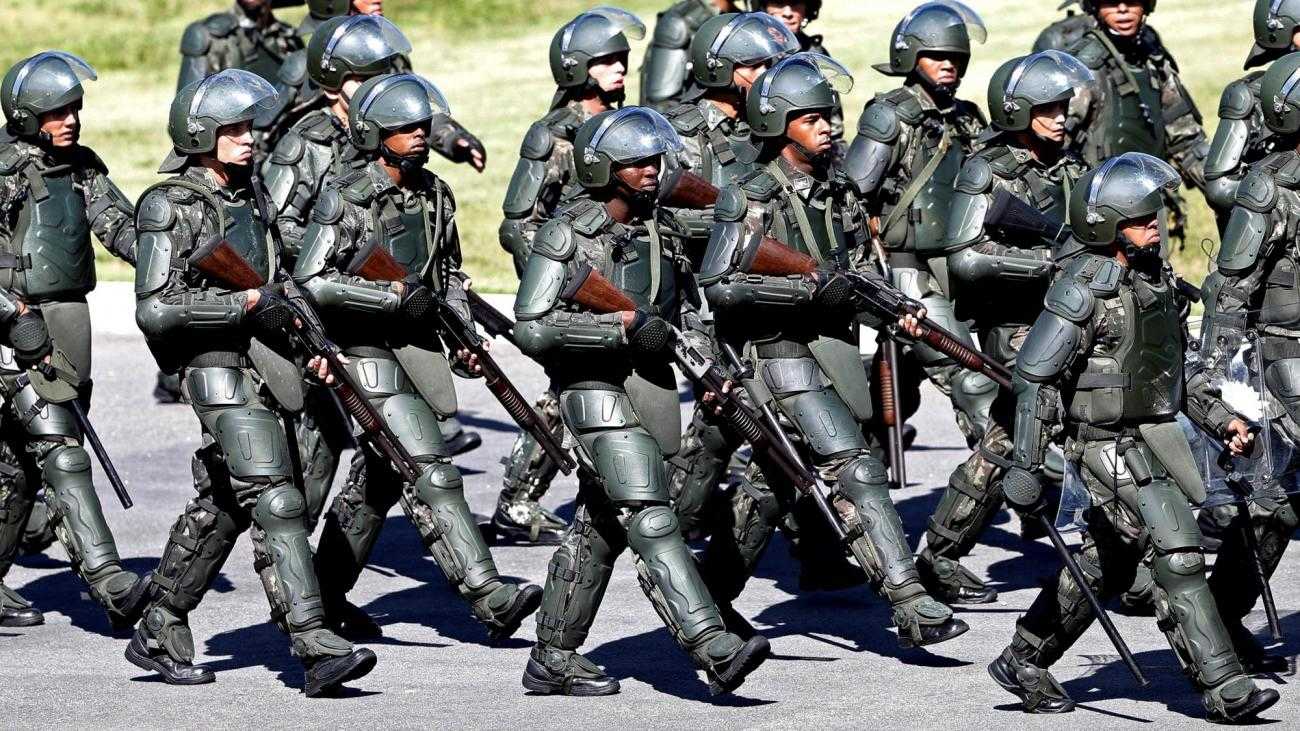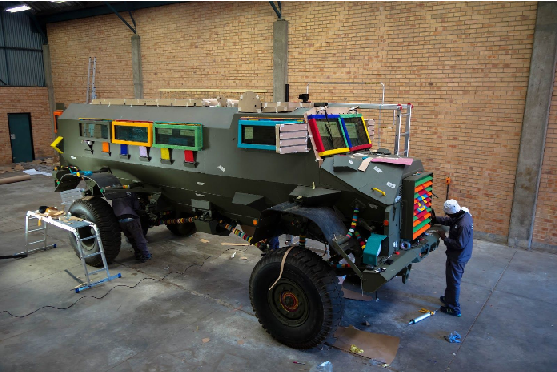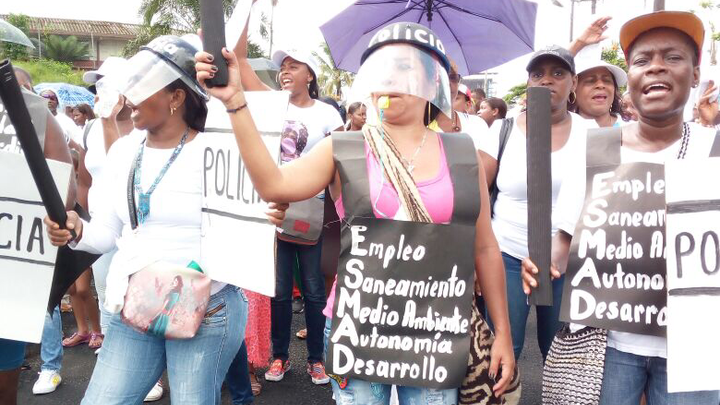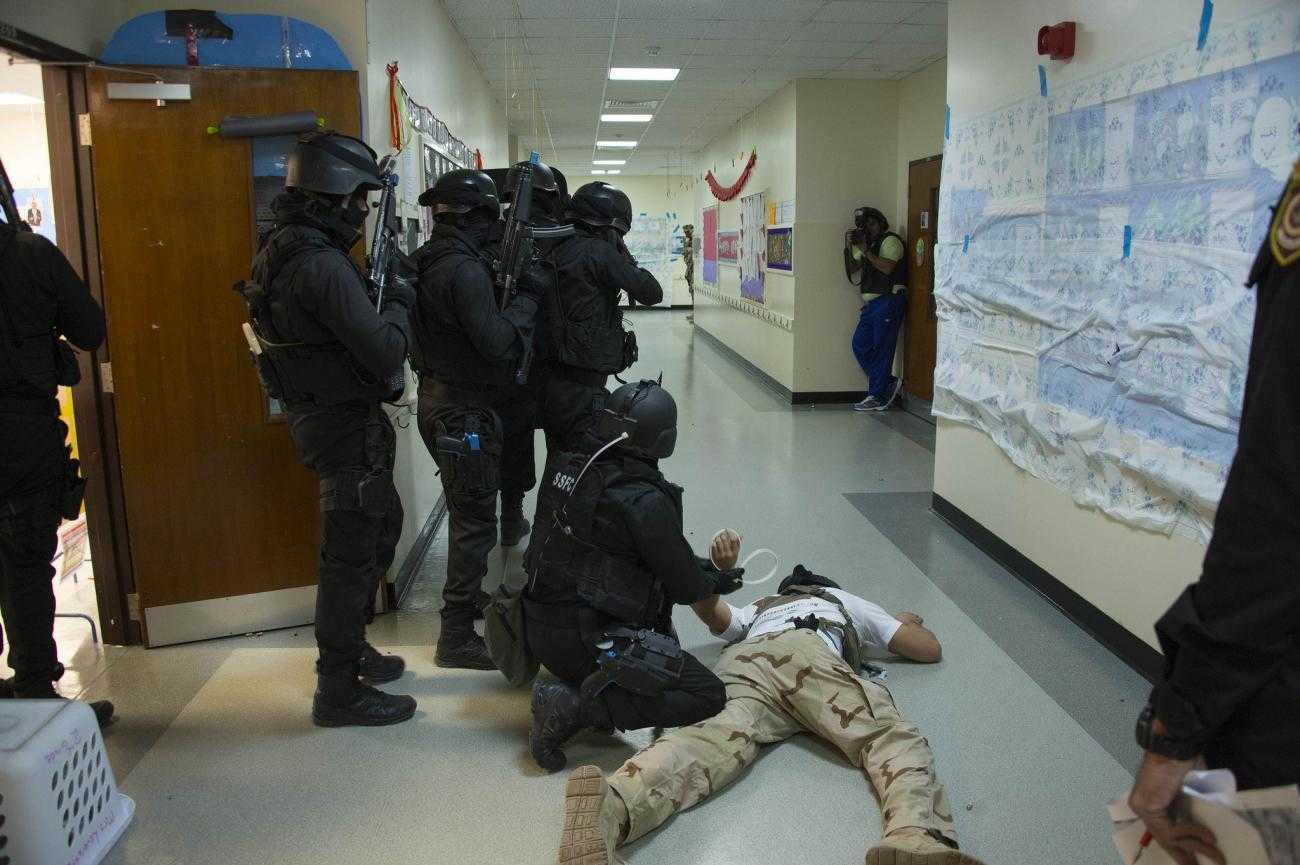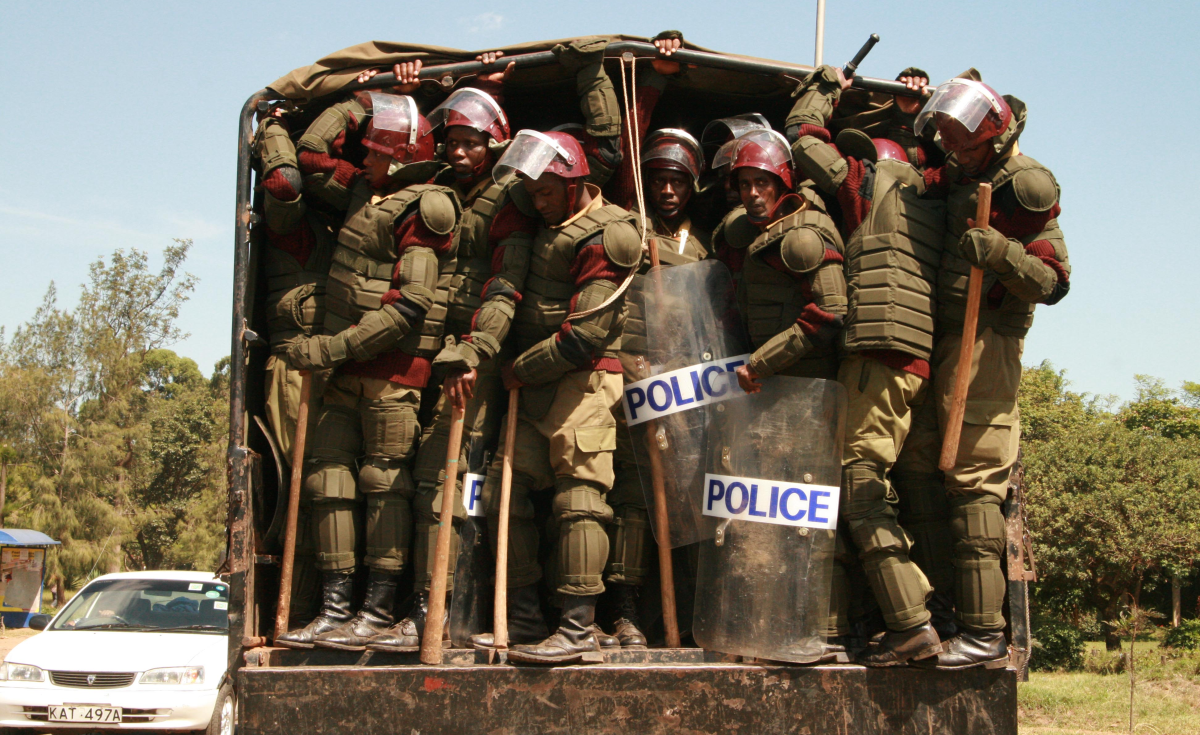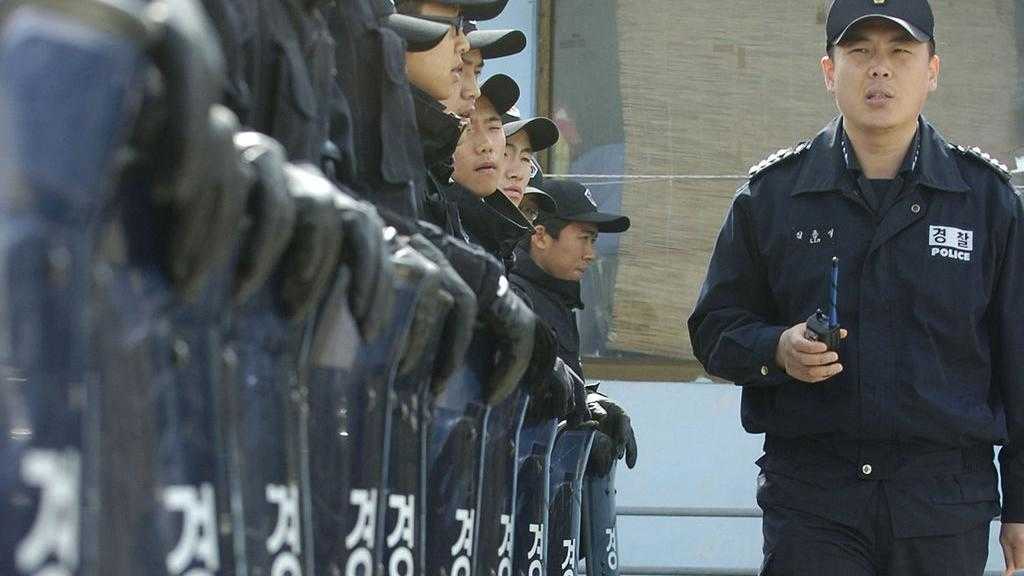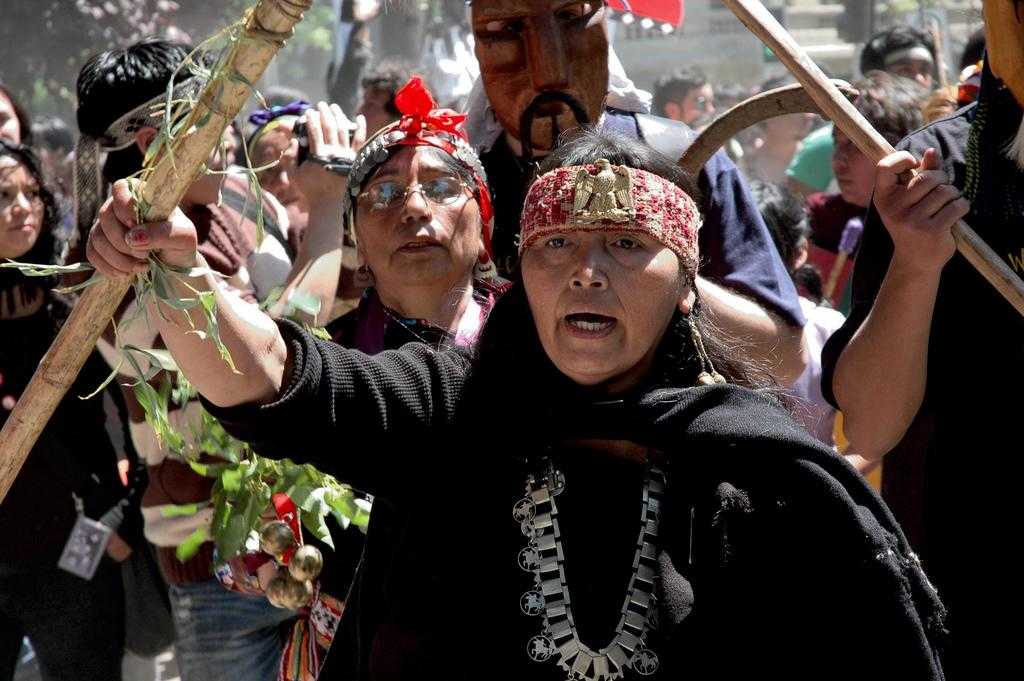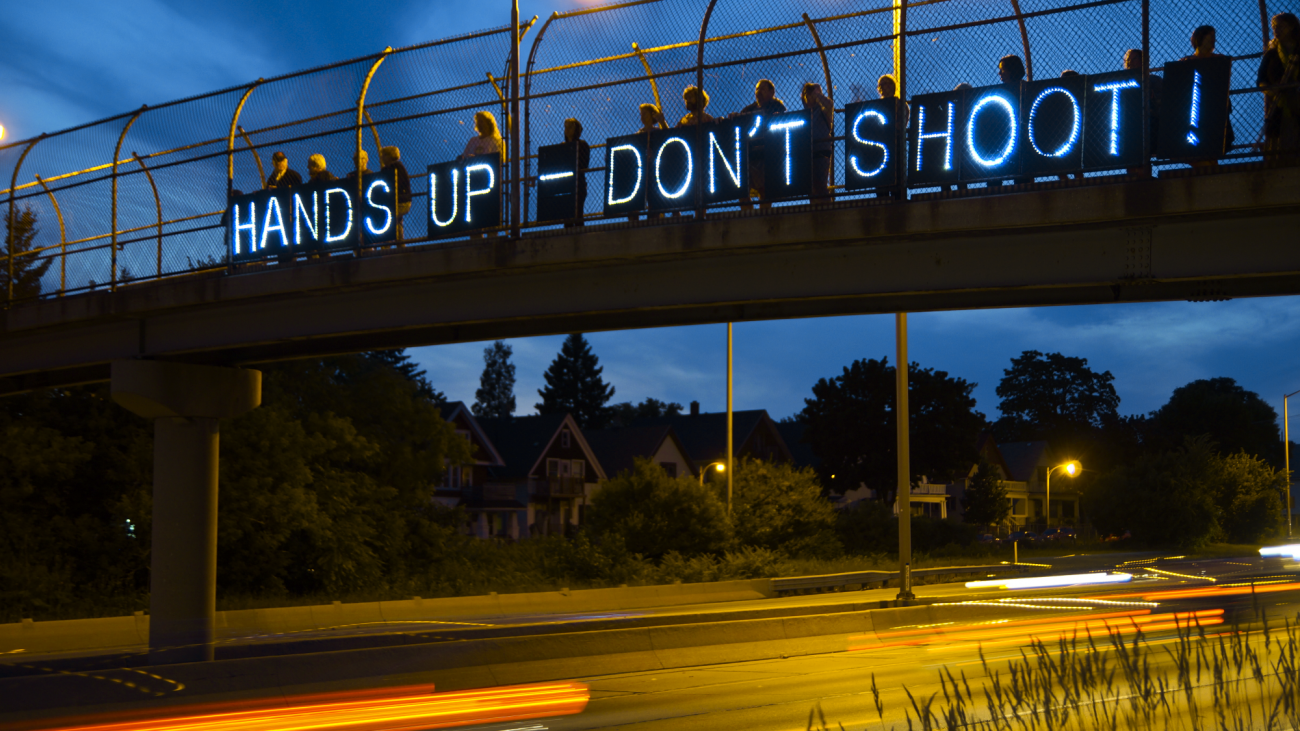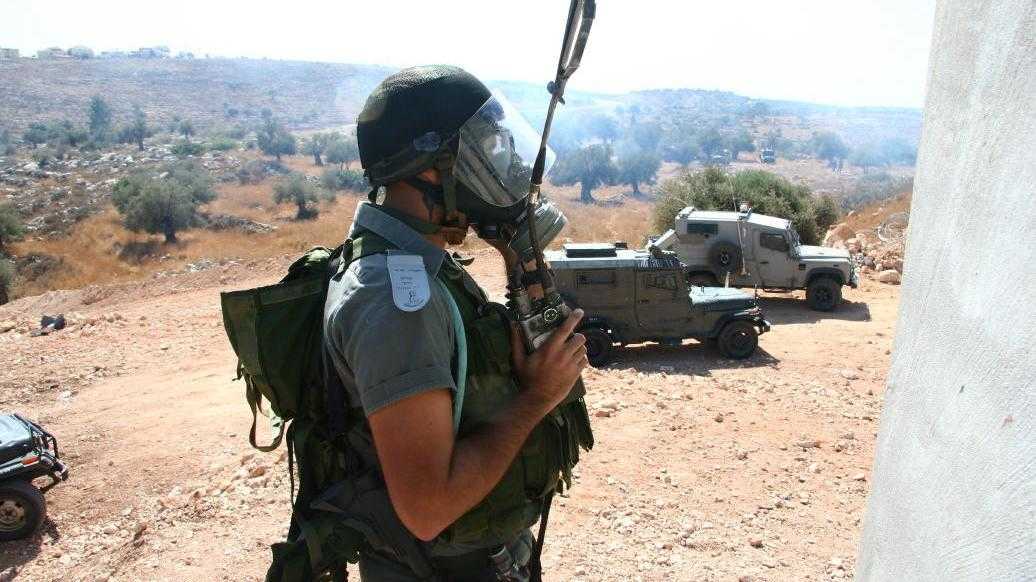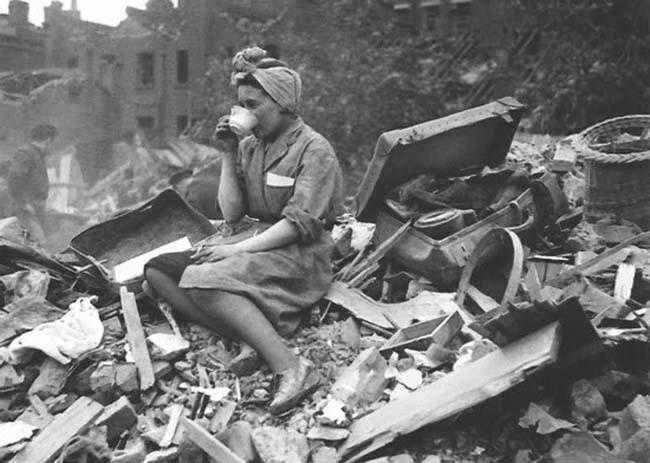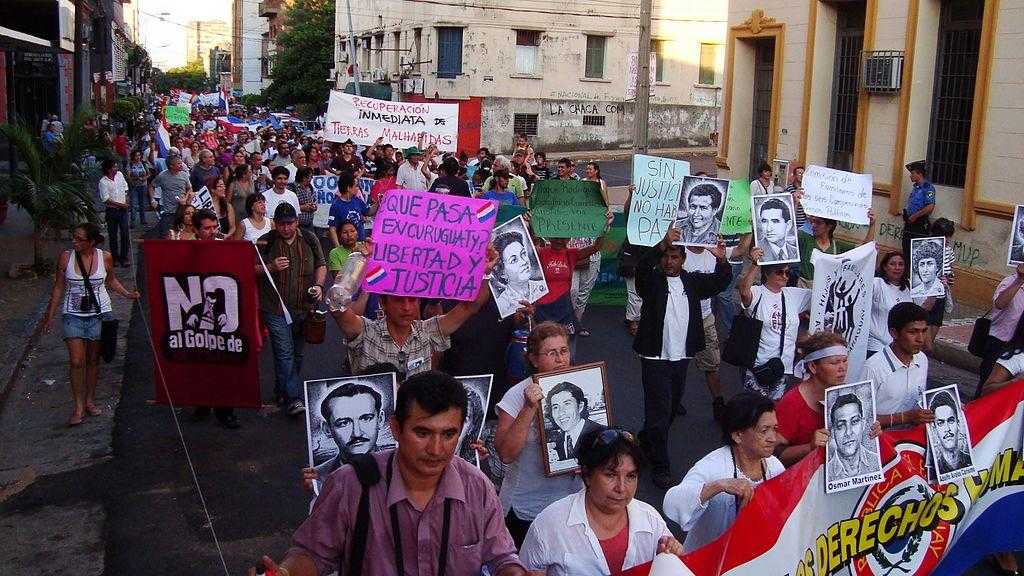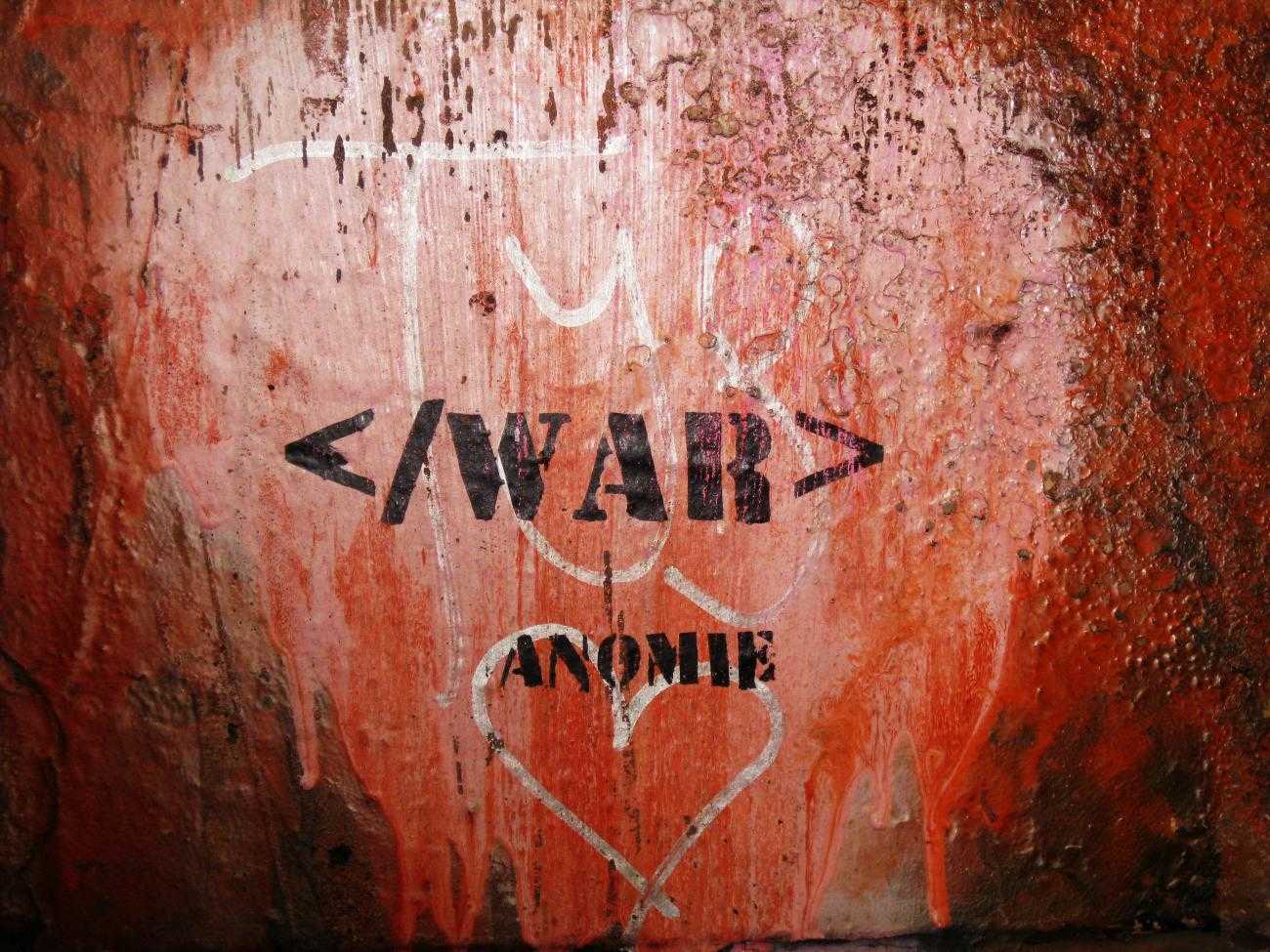The Broken Rifle
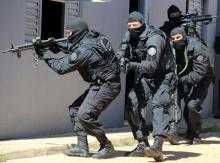
In recent years, organisations affiliated to War Resisters’ International have observed a growing militarisation of policing in their home countries with internal security forces beginning to look and act ever more like domestic armies. It is increasingly clear that a shift towards militarised policing is taking place across each and every continent. The idea to create an online resource on the militarisation of policing was born from a desire to join the dots between what is happening in individual countries and paint a clearer picture of the wider global trend. This issue of The Broken Rifle is part of this project.
Our new police militarisation resource is now available online at: www.wri-irg.org/en/police-militarisation/. It can be used to explore the militarisation of policing by country and by topic with links to articles that examine cross-cutting issues in greater depth. The aim of the resource is to illustrate how the militarisation of police forces around the world is happening, how it is rooted in deeper structural violence and to bring to the fore stories of resistance from communities across the globe. It is hoped that it will act as a networking and solidarity tool for those already experiencing the impact of militarised policing.
We hope that this will be a resource that continues to expand and grow so if you have information or ideas that you would like to share, please get in touch at info@wri-irg.org.
